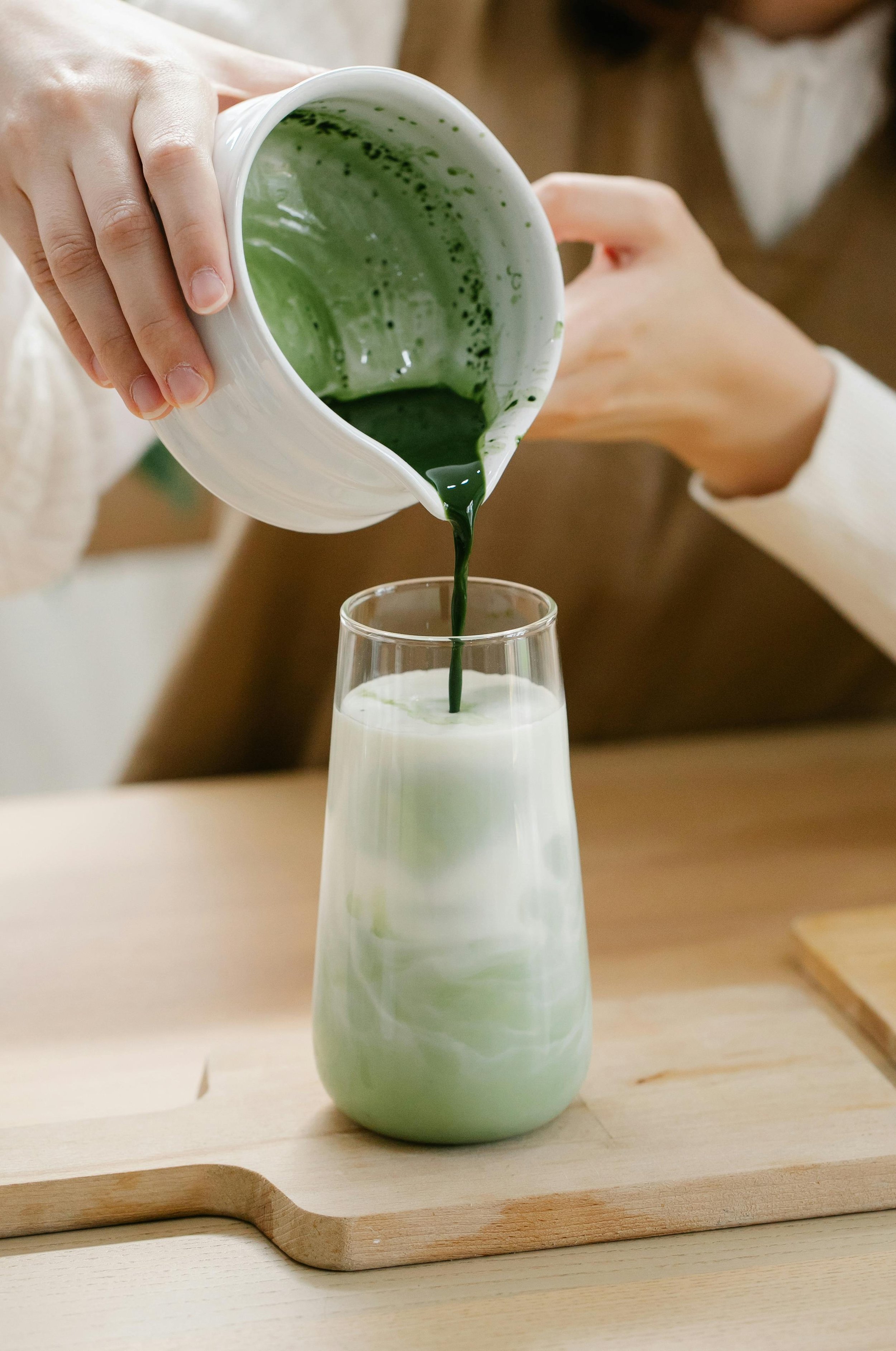The Ayurveda Doshas: Kapha, Pitta, & Vata
One of the fundamental concepts of Ayurveda is doshas, the energetic forces believed to govern the functioning of the body and mind. According to Ayurveda, there are three main doshas: Vata, Pitta, and Kapha.
Each individual has a unique dosha composition, determined by their genetic makeup and the environment in which they live. The balance of the doshas in an individual's body and mind is essential for optimal health and well-being.
History of Ayurveda
Ayurveda is a traditional medical system that originated in India more than 3,000 years ago. It is based on the principles of energy and movement and seeks to maintain balance in the body and mind through natural remedies and holistic practices.
The origins of Ayurveda can be traced back to the ancient Indian texts known as the Vedas, which contain a wealth of knowledge about health, wellness, and spirituality.
Over the centuries, this knowledge was developed and refined by a succession of Ayurvedic practitioners who sought to understand the underlying principles of health and disease and apply this knowledge in medicine.
Today, Ayurveda is still widely practiced in India and other parts of the world and is gaining popularity as a holistic and natural approach to health and well-being.
Benefits of Ayurvedic Medicine
Some of the potential health benefits of Ayurvedic medicine include the following:
Supporting the immune system
Reducing stress and promoting relaxation
Improving digestion and metabolism
Supporting gentle aging
Vata Dosha
The Vata dosha is associated with movement, creativity, and change. People with predominantly Vata dosha tend to be lively, energetic, and creative, but they can also be prone to anxiety, insomnia, and digestive problems.
The Vata dosha comprises air and space elements and is characterized by light, dry, and mobile qualities. This means that people with predominantly Vata dosha tend to be agile and creative, with a quick mind and a lively personality.
How To Balance Vata
Here are some tips for balancing Vata:
Eat a diet that is warm, nourishing, and easy to digest. This can include cooked, warm, and oily foods, such as soups, stews, roasted vegetables, and nourishing herbs and spices, such as ginger, turmeric, and cumin.
Engage in regular exercise that is grounding and calming. This can include yoga, tai chi, and walking, as well as gentle stretching and relaxation techniques.
Incorporate grounding and calming activities into your daily routine. This can include listening to calming music, spending time in nature, and practicing gratitude and self-reflection.
Pitta Dosha
The pitta dosha is associated with heat, metabolism, and transformation. People with predominantly Pitta dosha tend to be ambitious, intelligent, and driven, but they can also be prone to anger, irritability, and inflammation.
The pitta dosha is made up of fire and water elements, characterized by its sharp, hot, and intense qualities. This means that people with predominantly Pitta dosha tend to have a medium, muscular, intelligent body type, a quick and focused mind, and a fiery personality.
How To Balance Pitta
Here are some tips for balancing Pitta:
Eat a diet that is cooling, light, and easy to digest. This can include fresh, raw, and cooling foods, such as salads, smoothies, and fruits, as well as cooling herbs and spices, such as mint, coriander, and fennel.
Engage in regular exercise that is cooling and energizing. This can include swimming, cycling, and hiking, as well as activities that challenge and stimulate the mind, such as learning a new skill or taking up a new hobby.
Incorporate cooling and relaxing activities into your daily routine. This can include listening to calming music, spending time in nature, and practicing gratitude and self-reflection.
Kapha Dosha
The Kapha dosha is associated with stability and structure. People with predominantly Kapha dosha tend to be calm, stable, and loving, but they can also be prone to weight gain, congestion, and lethargy.
The Kapha dosha is made up of the elements of earth and water and is characterized by its heavy, moist, and stable qualities. This means that people with predominantly Kapha dosha tend to have a strong, solid, and sturdy body type, with a calm and loving personality.
How To Balance Kapha
Here are some tips for balancing Kapha:
Eat a diet that is light, spicy, and easy to digest. This can include spicy, warm, and dry foods, such as soups, stews, and roasted vegetables, as well as stimulating herbs and spices, such as black pepper, cumin, and cinnamon.
Engage in regular exercise that is stimulating, challenging, and energizing. This can include running, weightlifting, and dancing, as well as physically and mentally challenging activities such as rock climbing and martial arts.
Incorporate stimulating and energizing activities into your daily routine. This can include listening to uplifting music, spending time in nature, and practicing gratitude and self-reflection.
Can a person be tri-doshic?
In Ayurveda, the term "tri-doshic" refers to having an equal and balanced composition of the three main doshas: Vata, Pitta, and Kapha. This means that a person's dosha composition is not dominated by any one dosha and that all three doshas are in equal proportions.
A person can be tri-doshic, but it is considered a rare and unusual state. Most individuals have a predominant dosha, and their dosha composition needs to be more evenly balanced between the three doshas.
In Ayurveda, being tri-doshic is considered a positive and desirable state, as it is thought to support health and well-being.
However, it is also recognized that tri-doshic individuals may still experience imbalances and health problems and may need to incorporate specific practices and remedies to maintain balance and support their health.




